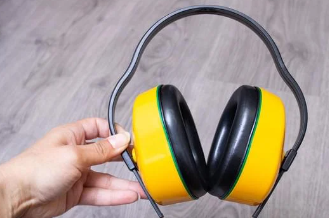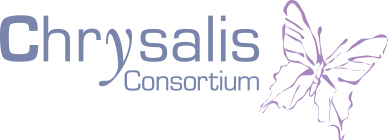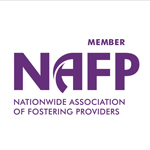Autism Spectrum Disorder (ASD) and Anxiety
Autism Spectrum Disorder is a behaviourally defined neurodevelopmental disorder resulting in impaired social communication and restricted or repetitive behaviours. Over half of individuals with ASD are likely to meet criteria for an anxiety disorder.
The most common types of anxiety disorders seen in children with ASD include generalised anxiety disorder, social phobia and specific phobias.
The presentation of anxiety in children with ASD is likely to be influenced by age, level of ability and ASD-related impairments such as social impairment and level of arousal.
The diagnosis of anxiety is likely to be particularly difficult in children with ASD. A recent review has suggested that this is the case, as children with ASD often do not display age-typical symptoms of anxiety. Furthermore, clinicians are likely to have difficulty determining whether symptoms are part of the ASD itself, or a separate but co-occurring anxiety disorder. Therefore, professionals should speak with a number of informants and use a range of assessments during the diagnostic process.
Due to the overlap of symptoms seen in ASD and social anxiety, assessment is particularly important.
As ASD is associated with social impairment, anxiety may worsen these impairments. For example, experiencing social anxiety may result in the avoidance of social situations promoting further isolation and less opportunity for social interaction.
Does your child have a predictable routine?
One way to reduce anxiety, particularly when anxiety is due to anticipated events, is to ensure that there is a predictable pattern to the day. Visual schedules of ‘now’ and ’next’ cards can be very helpful when supporting your child to follow the order of the day. Once a person has a predictable routine it may be possible to gradually reintroduce some flexibility into this routine to help the person begin to tolerate a more variable schedule. However, this needs to be done very slowly at a pace that the person can manage.
Is everyone responding to your child in the same way?
In addition to setting up a visual schedule, it is also important that those supporting the child are consistent. This may mean predictable and consistent responses to all behaviours, not just consistent responses when the person starts to experience anxiety.
Do you let your child know a change is coming?
Even the best schedules do not always run to plan and using a cue to indicate that change is coming can often be effective at reducing this anxiety. This may be a particular picture card. Sometimes families report that telling a person about a change a long time before it happens can increase anxiety and lead to worrying until the event comes to pass. Therefore, cuing a change closer to the time (5-10 minutes before) may be a helpful middle position as opposed to ‘springing’ changes on the person, or warning them days in advance. Making sure the person’s visual schedule is updated to reflect the change is also important.
Other strategies to ease anxiety experienced by someone with ASD:

- Noise cancelling headphones. These help to make noisy situations more bearable.

- Help them to communicate their anxieties; verbally with a simple sentence, with Picture Exchange Communication System (PECS) symbols or Makaton signing, or with a big mac (a red button with a pre-recorded message).
- Situations that someone finds difficult could be introduced for a short period of time and can be gradually increased as the person becomes more comfortable with them over time.
For more information about this topic please visit:
https://www.autism.org.uk/advice-and-guidance/topics/mental-health/anxiety
https://www.mentalhealth.org.uk/our-work/public-engagement/mental-health-awareness-week
#mentalhealthawarenessweek2023 #mentalhealthawareness #tohelpmyanxiety #ASD #anxiety #anxietydisorders #mentalhealthmatters #healthymindsmatter #fostercare #fostering



